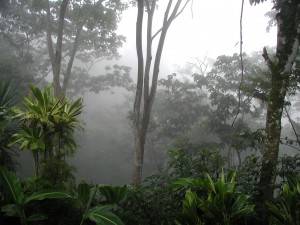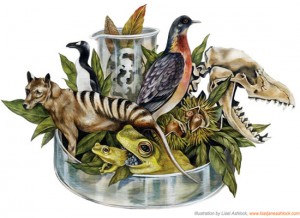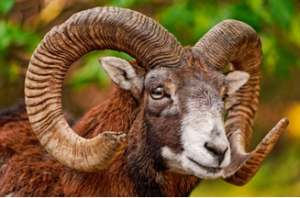By: Jacob Balcanoff, Stephanie Brown, and Amanda May
The Problem
Our road system is paved in a legacy of conflict between engineering and the environment. Humans have always sought ways to travel faster, safer, and farther. As early Americans steadily moved westward, our technological capacity grew. All around this nation, people held steadfast to the myth of natural resource inexhaustibility. Berms and bridges were built to connect wagon trails and to reach further into the fruitful wildlands. The Ford Model T is an emblem of American ingenuity, which inspired asphalt pavement technology and more and more roads. In 1959, Dwight D. Eisenhower proposed the Federal Highway Act, to liberate and protect the American public. The project took 35 years to complete (Blas, 2010). However, it wasn’t until 1977 that wetlands became federally protected. Still, landowners and project managers can apply for a waiver permit to backfill or alter wetlands. Due to this history, our roads not only shape American culture, they shape the future of American wildlife. Continue Reading



Recent Comments